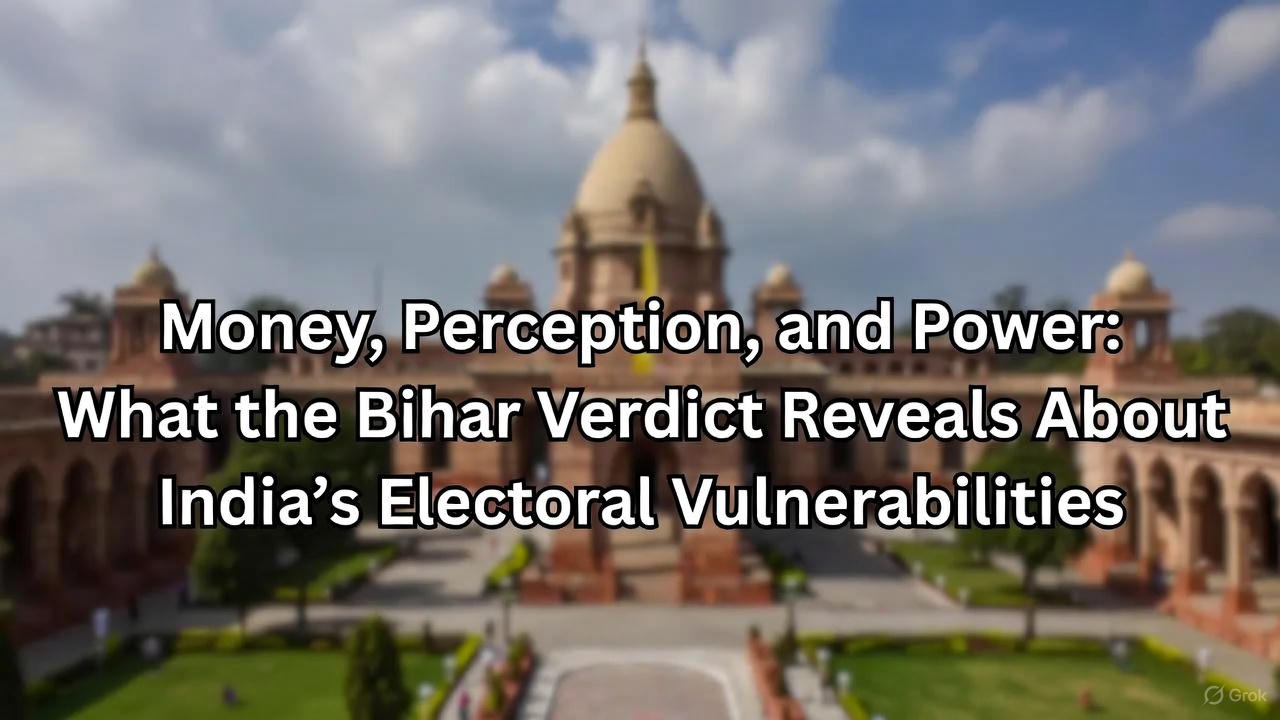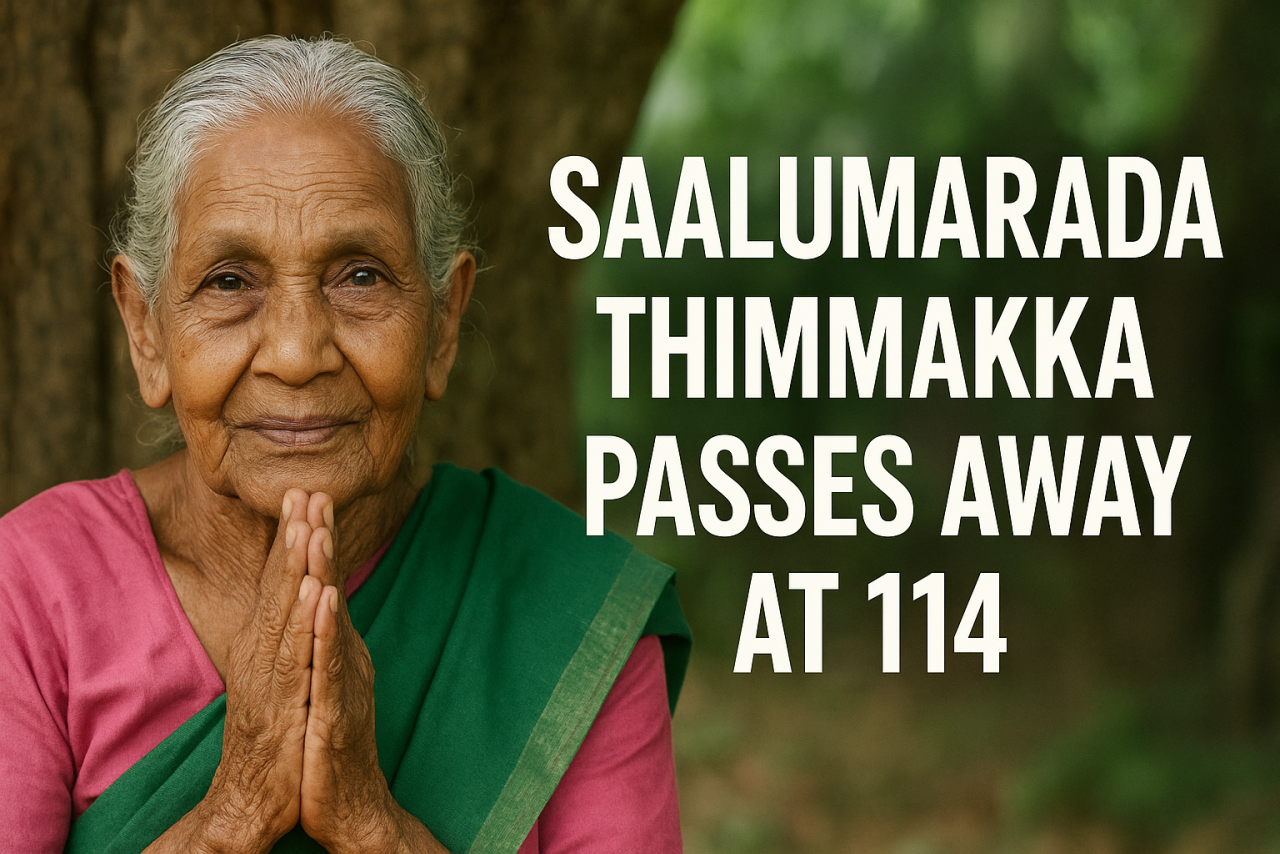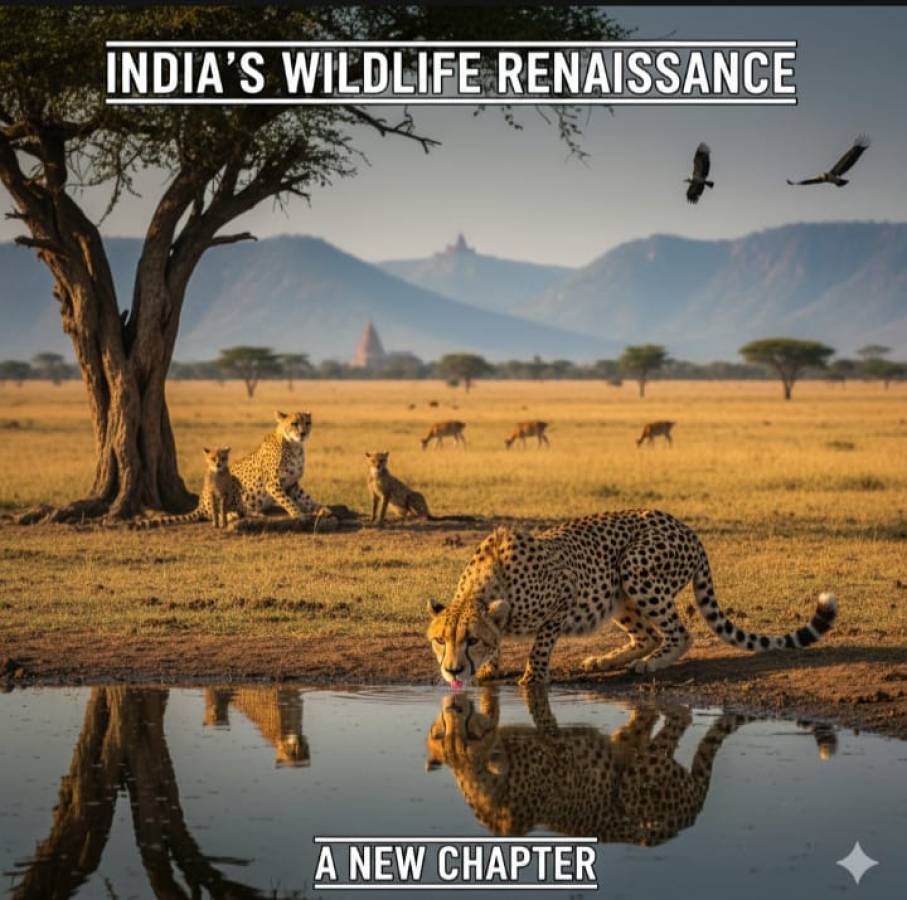.jpeg)
The idea of Divine Shakti comes from India, where it symbolizes the original creative energy of the universe. It is a powerful feminine force seen in goddesses like Durga, Kali, Parvati, Lakshmi, and Saraswati. Today, this ancient belief is making a strong comeback. It is not only found in temples and sacred texts but also in feminist movements, wellness retreats, and online communities around the world.
This revival is more than just a symbol. It is closely tied to the timeless concept of the Sacred Feminine, a belief that India has carried in its culture for thousands of years. From the chanting of Devi Mahatmya in Bengal to the mystical traditions of Kamakhya in Assam, India’s spiritual heritage continues to reflect the presence of feminine power. As people across the world rethink ideas of gender and leadership, many are turning to India for strength, balance, and spiritual wisdom through Shakti.
The Indian Ecosystem of Sacred Feminine
India has always been a place where the feminine is both respected and deeply powerful. While in many parts of the world goddesses slowly lost importance, in India the goddess has remained at the heart of spiritual life. She is seen not just as a helper but as the source of all energy and creation.
A survey by Online Research Center in 2019 showed that more than 82 percent of Indian Hindus take part in rituals and prayers to female deities during festivals like Navratri and Durga Puja. Sacred places called Shakti Peethas continue to draw huge crowds. Vaishno Devi gets around 8 to 10 million visitors every year, and the Kamakhya temple in Assam sees over 5 million people during its famous Ambubachi Mela.
But these aren’t just religious practices. They show a belief where the feminine is central to everything. In ancient texts like Adi Shankaracharya’s Saundarya Lahari and the tantric writings of Kashmir Shaivism, the goddess is described as the force that makes everything possible. Without her, even the gods have no power.
This strong and active image of Shakti is now catching the attention of people outside India too. They are starting to explore this powerful idea of the Sacred Feminine in their own ways.
Global Feminism Meets Ancient Power
Across Europe, North America, and Australia, a growing number of people are turning to ancient goddess traditions in search of spiritual depth and emotional strength. In the past decade, platforms like Instagram have seen a rise in pages dedicated to moon rituals, Shakti yoga, and healing through the Divine Feminine. Wellness companies such as Gaia, Mindvalley, and Insight Timer now offer courses on topics like “Awakening the Divine Feminine” and “Reclaiming the Goddess Within.”
This isn’t just a passing trend. Dr. Kavita Maya, a UK-based scholar of Hinduism and gender, observes that many modern feminists are looking beyond politics to explore deeper sources of empowerment. “Shakti offers a sacred way of seeing power as creative and nurturing, not just about control,” she explains.
According to a 2023 report by the Global Wellness Institute, spirituality linked to the sacred feminine has become one of the fastest-growing parts of the wellness industry. With a 12 percent growth rate over the past five years, it now contributes to a wellness economy worth over 5.6 trillion dollars. Whether it’s goddess circles in Los Angeles or Kali mantras echoing in Berlin yoga studios, the sacred feminine is no longer confined to temples or myths. She is becoming a global symbol of healing, strength, and renewal.
Cultural Appropriation or Cultural Expansion?
The global interest in Divine Shakti has sparked both enthusiasm and concern. While many celebrate the rise of feminine spiritual energy, Indian scholars and spiritual leaders often warn against reducing sacred traditions to lifestyle trends. Goddess Kali, for instance, is increasingly seen on T-shirts, tattoos, and art exhibits across the West. Yet, her complex symbolism, which represents time, transformation, and liberation, is often lost in translation.
This commercialization raises important questions. Is the world truly embracing Shakti, or merely consuming her image? Critics argue that spiritual symbols must not be stripped of their meaning to fit modern aesthetics. Still, others see an opportunity.
Some Indian thinkers believe this global fascination offers a moment for cultural return rather than cultural loss. As seekers across continents turn to ancient goddess wisdom, India has a unique role to play. By grounding Shakti in her original philosophical roots, the country can guide the conversation toward deeper values, such as inner strength, social balance, and harmony with nature. Rather than resisting the wave, India can shape it with authenticity and vision.
The Political Dimension of Shakti
The revival of Divine Shakti is not just spiritual. It is also political. Across India, leaders are turning to the goddess to express deeper values. Spiritual teachers like Sadhguru speak of her as a source of inner power. Politicians invoke Bharat Mata to stir national pride. Feminist thinkers often refer to Durga as a symbol of resistance and courage.
The image of the goddess is changing. She is no longer seen only as a figure of worship. She now stands for strength, independence, and transformation. Groups like the All India Women’s Conference have used her story to push for gender rights and social reform. Recent Navratri-led campaigns in Gujarat and Maharashtra also draw on Shakti to raise awareness about women’s health and leadership.
The goddess has stepped into public life. And she is making her presence felt.
Insightful Take on the Shakti Trend
The return of Divine Shakti is not just spiritual fashion. It reflects a deeper shift in global thinking. As the world reels from violence, ecological collapse, and emotional burnout, many are beginning to question the old, masculine-heavy structures. Shakti offers a counterbalance. She is not just about gender but restoring harmony. A power that nurtures, destroys, and renews, all at once.
For India, this moment is more than symbolic. It is a call to remember and reassert its oldest wisdom. As global seekers turn toward sacred femininity, they may finally grasp what Indian sages have long known: without Shakti, there is no Shiva. Without the goddess, there is no god.





















